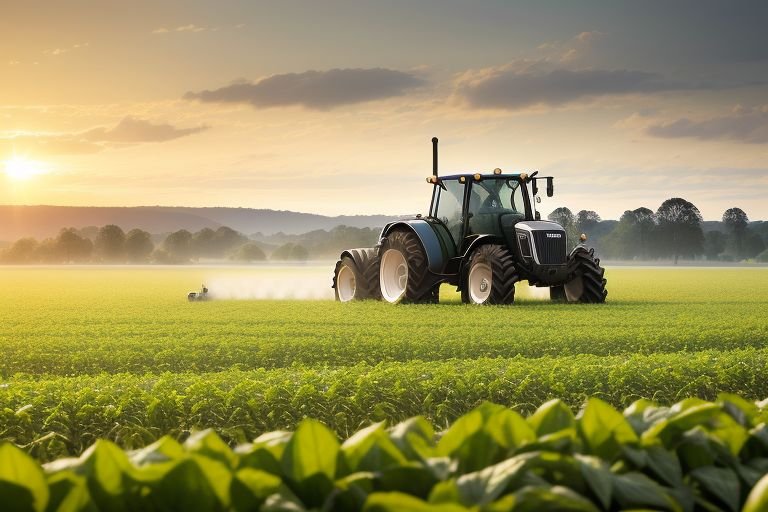With increasing effects of climate change being experienced globally, farmers from across the world have embrace new methods of production to feed the world and also practice sustainable farming. Over the last few months, the occurrences of some of the worst climatic conditions across the globe have amplified the need to adapt to climate smart farming.
From the development of crops that require little water to irrigation technologies that can be adapted to the changing climate, agricultural societies are coming up with new ways of farming. In the Midwest of America, growers are embracing cover crops and no-till practices to enhance the health of their soil and the water in it.
They are effective in reducing the impacts of both drought and flooding besides having the added benefits of carbon storage which is important in the fight against climate change. Another example of increased sustainability is the agricultural machinery producer John Deere, which observed a sharp increase of sales of equipment suitable for conservation tillage.
On the other side of the Atlantic, European farmers are turning to agroforestry, an arrangement of trees, crops or animals. They have revealed positive effects on increasing the level of bio-diversity, increasing soil fertility and acting as natural shields against the effects of natural disasters such as storms on crops.
These practices have been encouraged by the recent reforms of the agricultural policy of the European Union which provides financial aid to the farmers who wish to change to more sustainable and environmentally friendly practices. Climate change is already threatening the existence of millions of smallholder farmers in Africa and new solutions are being developed.
The African Development Bank last year unveiled a $25 billion program to finance climate resilient crops and advanced methods of farming. This program seeks to raise production of food by one hundred million tons and eradicate poverty affecting forty million people by 2025. The following is a success story of how farmers in Kenya are using solar irrigation systems to overcome scarcity, boost their crop production and by extension their income.
The transformation of farming is also occurring in Asia where some of the globe’s most fragile agricultural areas are located. The Indian government has engaged the agricultural research institutions in the development of and distribution of climate resistant seeds. These new crops which are able to grow in regions with higher temperatures and unpredicted rainfall have been a boon for farmers in arid regions.
On the other hand, floating gardens have been adopted in Southeast Asia especially in areas that experience flooding most of the times and farmers can cultivate their crops during the flooding periods such as during monsoon periods.
Private players are now taking up the mantle and leading the way in the development of climate smart agriculture. A number of agtech startups are using artificial intelligence to offer farmers with weather information and crop consultancy. These technologies assist farmers in making better decisions on planting period, irrigation period and many other activities influenced by the unfavorable climate.
But there is still a long way to go in order to bring these climate-resilient practices to the next level. Technology, capital, and information are still limited to access, especially for the smallholder farmers in the developing countries. International organizations and governments are trying to eliminate this gap through special support programs and experience exchange.
With the increase in the world’s population and change in climate, climate smart agriculture is imperative in the society. This is not about adaptation to a new climate, these changes that are being introduced today is about sustenance and sustainability for future generations. If sustained investment, research and cooperation is provided to the agricultural sector, it is expected to take the lead in adaptation and mitigation measures towards climate change.


